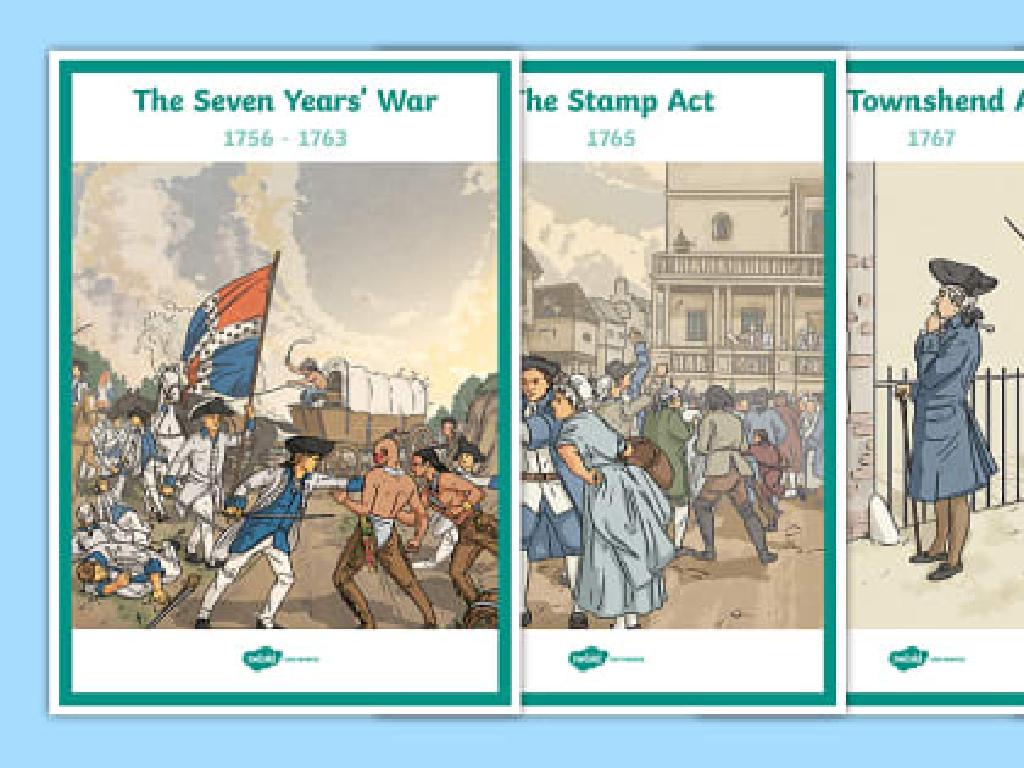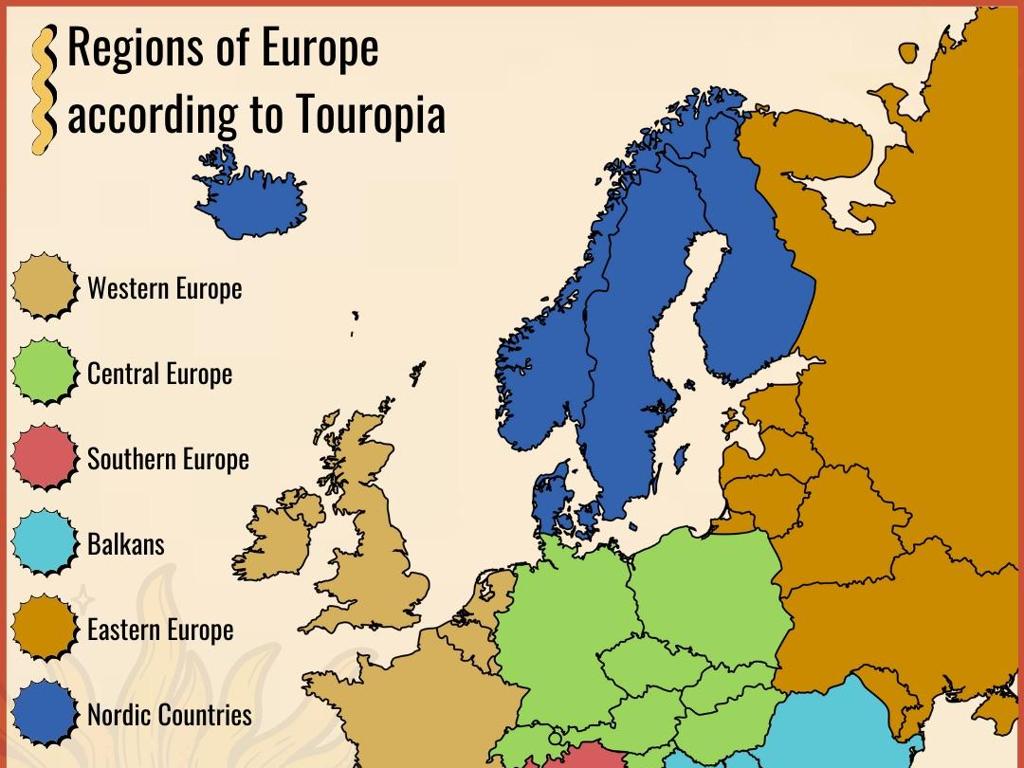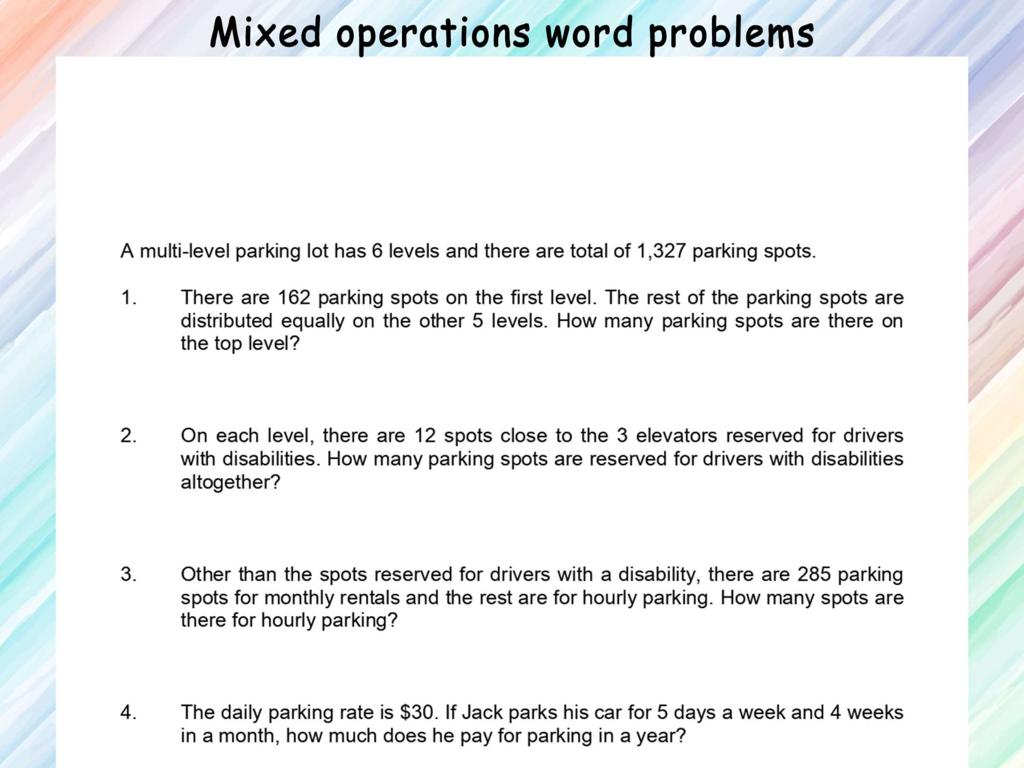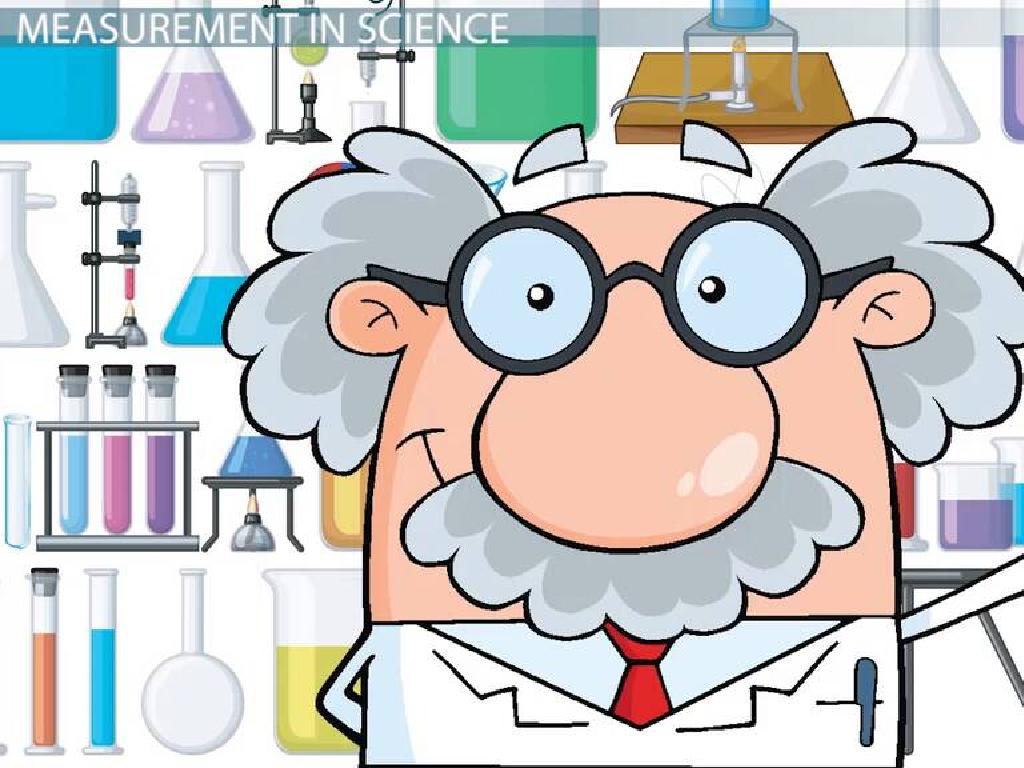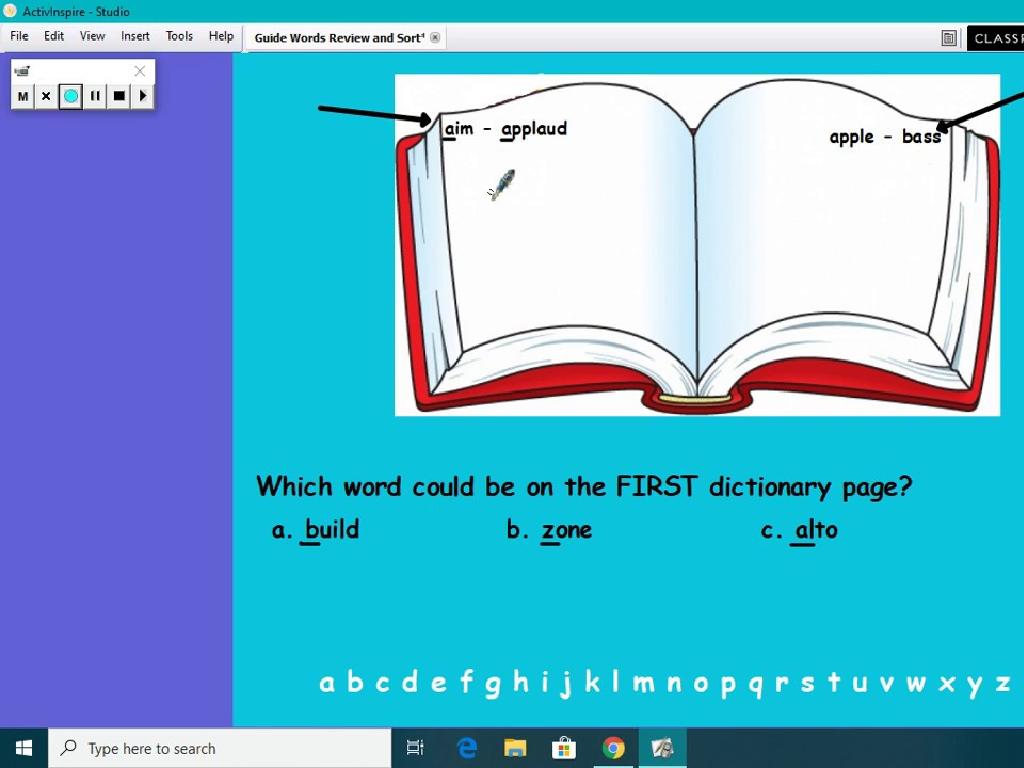Name The Thirteen Colonies
Subject: Social studies
Grade: Fourth grade
Topic: English Colonies In North America
Please LOG IN to download the presentation. Access is available to registered users only.
View More Content
Exploring the Thirteen Original Colonies
– What is Colonial America?
– Journey through the 13 Colonies
– Visit each of the colonies that formed the USA
– Colonies: The nation’s building blocks
– Learn how these colonies laid the foundation for our country
– Understanding the concept of a colony
– A colony is a place ruled by another country
|
This slide introduces students to the concept of Colonial America and sets the stage for learning about the Thirteen Original Colonies. Begin by explaining what colonies are and why they were important in the history of the United States. Emphasize that these colonies were like the first steps in creating our nation. Encourage students to think of the colonies as pieces of a puzzle that came together to form the country we live in today. Use a map to help them visualize where the colonies were located. The goal is to create a foundation of understanding that will be built upon in subsequent lessons about the history and significance of each individual colony.
Understanding Colonies
– What is a colony?
– A colony is a land ruled by another country
– Why were colonies formed?
– For resources, religious freedom, and new opportunities
– Colonies and today’s states
– Many colonies became the states we know today
– The Thirteen Original Colonies
– Can you name some of the 13 original colonies?
|
This slide introduces the concept of a colony and sets the stage for discussing the Thirteen Original Colonies of the United States. Begin by defining a colony as a territory under the immediate political control of a state, distinct from the home territory of the sovereign. Discuss the various reasons why European powers established colonies, such as seeking natural resources, expanding trade, or for religious freedom. Highlight the transformation of these colonies into the states that make up the USA today, and encourage students to think about how the names of some states reflect their colonial origins. Engage the class by asking if they can name any of the Thirteen Colonies and where they think these might be located on a current US map.
The First English Settlement: Jamestown
– Jamestown: First English colony
– Established in Virginia, 1607
– Settlers’ challenging journey
– Faced hardships for survival
– Daily life in early Jamestown
– Included farming, building, trading
– Jamestown’s role in history
|
Jamestown, Virginia, was the first permanent English settlement in North America, founded in 1607. It’s important to discuss the story of the settlers who made the challenging journey from England, seeking a new life and opportunities. Their daily life was tough, with tasks like farming, building homes, and trading with Native Americans. Emphasize the significance of Jamestown in American history as the beginning of English colonization, which eventually led to the foundation of the United States. Encourage students to imagine living in that era and consider how different life was compared to today.
Exploring the Thirteen Colonies
– Names and locations of colonies
– The colonies were: Massachusetts, Virginia, New Hampshire, Maryland, Connecticut, Rhode Island, Delaware, North Carolina, South Carolina, New York, New Jersey, Pennsylvania, and Georgia.
– Colonial regions: New England, Middle, Southern
– New England: MA, NH, CT, RI; Middle: NY, NJ, PA, DE; Southern: MD, VA, NC, SC, GA
– Founding dates of the colonies
– Massachusetts was the first, founded in 1620. Georgia was the last, founded in 1732.
|
This slide introduces students to the Thirteen Colonies, their names, locations, the three colonial regions they were part of, and their founding dates. Emphasize the diversity and unique characteristics of each region. For New England, discuss the focus on shipping and trade; for the Middle colonies, highlight the mix of agriculture and industry; and for the Southern colonies, talk about the plantations and agriculture. Explain that the founding dates provide a timeline of colonization in America, which can help students understand the historical context of the development of these English colonies. Interactive activities could include matching colonies to their regions, arranging the colonies by founding date, or locating them on a map.
Life in the Thirteen Colonies
– Daily life varied by region
– New England had shipbuilding, Middle colonies farmed grains, and the South grew tobacco and cotton.
– Diverse colonial jobs and activities
– Jobs included farming, blacksmithing, and trade. Activities like quilting bees were social events.
– Children’s roles in colonial times
– Children helped with chores, learned trades, and some received education.
|
This slide aims to give students a glimpse into the daily life of people living in the Thirteen Colonies. Emphasize the regional differences in lifestyle, such as the shipbuilding focus in New England, the ‘breadbasket’ farms of the Middle colonies, and the plantation agriculture of the South. Discuss the various jobs that adults engaged in, including farming, craftsmanship, and trade, as well as common social activities like quilting bees. Highlight the significant role children played in the colonies, from assisting with family chores to learning trades and, for a fortunate few, receiving formal education. Encourage students to compare colonial life with their own, noting both differences and similarities.
Trade and Economy of the Thirteen Colonies
– Colonial goods production
– Tobacco, cotton, and indigo were key goods.
– Trade routes impact
– Routes connected colonies with Europe and Africa.
– Understanding mercantilism
– Mercantilism: colonies supplied raw materials to England.
– Economy shaping colonies
|
This slide aims to teach students about the economic activities of the Thirteen Colonies. Focus on the main goods produced such as tobacco in Virginia, cotton in the southern colonies, and indigo used for dyeing. Explain how trade routes formed a triangular path among the colonies, Europe, and Africa, facilitating the exchange of goods and slaves, which was a dark part of history. Introduce the concept of mercantilism, where the colonies provided raw materials to the ‘mother country’, England, and in return received manufactured goods. Highlight how these economic practices shaped the development and wealth of the colonies. Encourage students to think about how these goods are used today and the modern equivalents of trade routes.
From Colonies to Independence
– Steps to independence
– Colonies united against British rule, leading to independence.
– Key figures and events
– George Washington, Thomas Jefferson, and the Boston Tea Party.
– Understanding the Declaration
– A document stating the colonies were free from Britain.
– Significance of Independence
– Marked the birth of the USA as a free nation.
|
This slide aims to give students a brief overview of the journey from the Thirteen Colonies to becoming independent states. Discuss the various steps the colonies took to unite against British rule, which eventually led to their independence. Highlight important figures such as George Washington and Thomas Jefferson, and events like the Boston Tea Party that played a pivotal role in this transformation. Explain the Declaration of Independence as the document that officially proclaimed the colonies’ freedom from British rule. Emphasize the significance of this event as it marked the birth of the United States of America as a free nation. Encourage students to think about what independence means and why it was so important for the colonies.
Class Activity: Mapping the Thirteen Colonies
– Locate and label the Thirteen Colonies
– Discuss colonial children’s life
– Imagine daily life, work, and play for kids back then
– Choose a colony to present
– Pick one colony and learn about it
– Share with the class!
– Tell us what you discovered!
|
This activity aims to engage students with the geography and history of the Thirteen Colonies. Provide a map for each student or group and have them label each colony. Facilitate a discussion on the lifestyle of colonial children, focusing on aspects such as chores, education, and games. Each student or group should choose one colony to research in more detail. They will then present their findings to the class, sharing insights into the daily life of that colony’s children. Possible activities: 1) Drawing a day in the life of a colonial child, 2) Writing a diary entry from a colonial child’s perspective, 3) Creating a mini-exhibit with facts and artifacts, 4) Acting out a short scene of colonial children’s activities, 5) Preparing a colonial recipe to share with the class.

